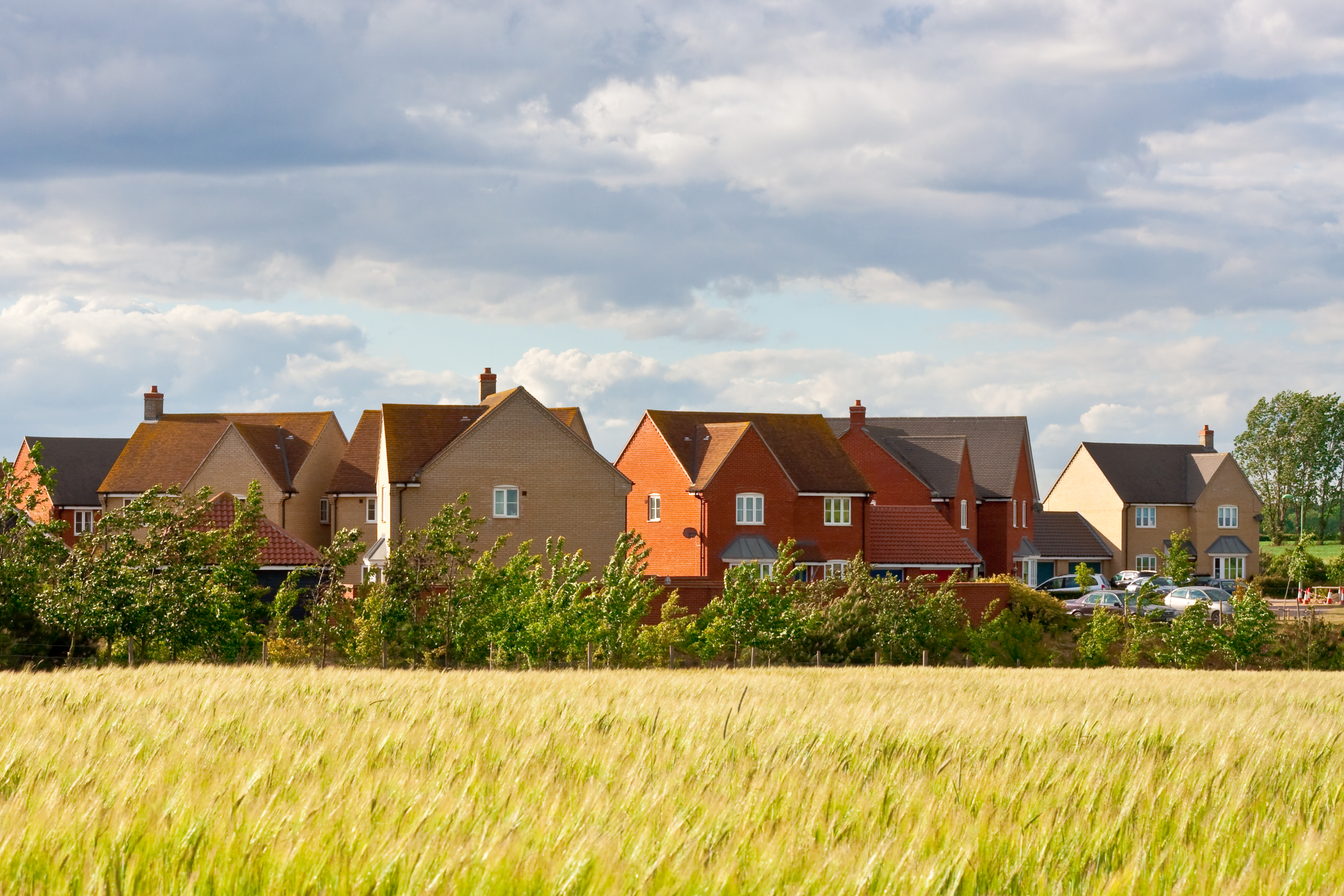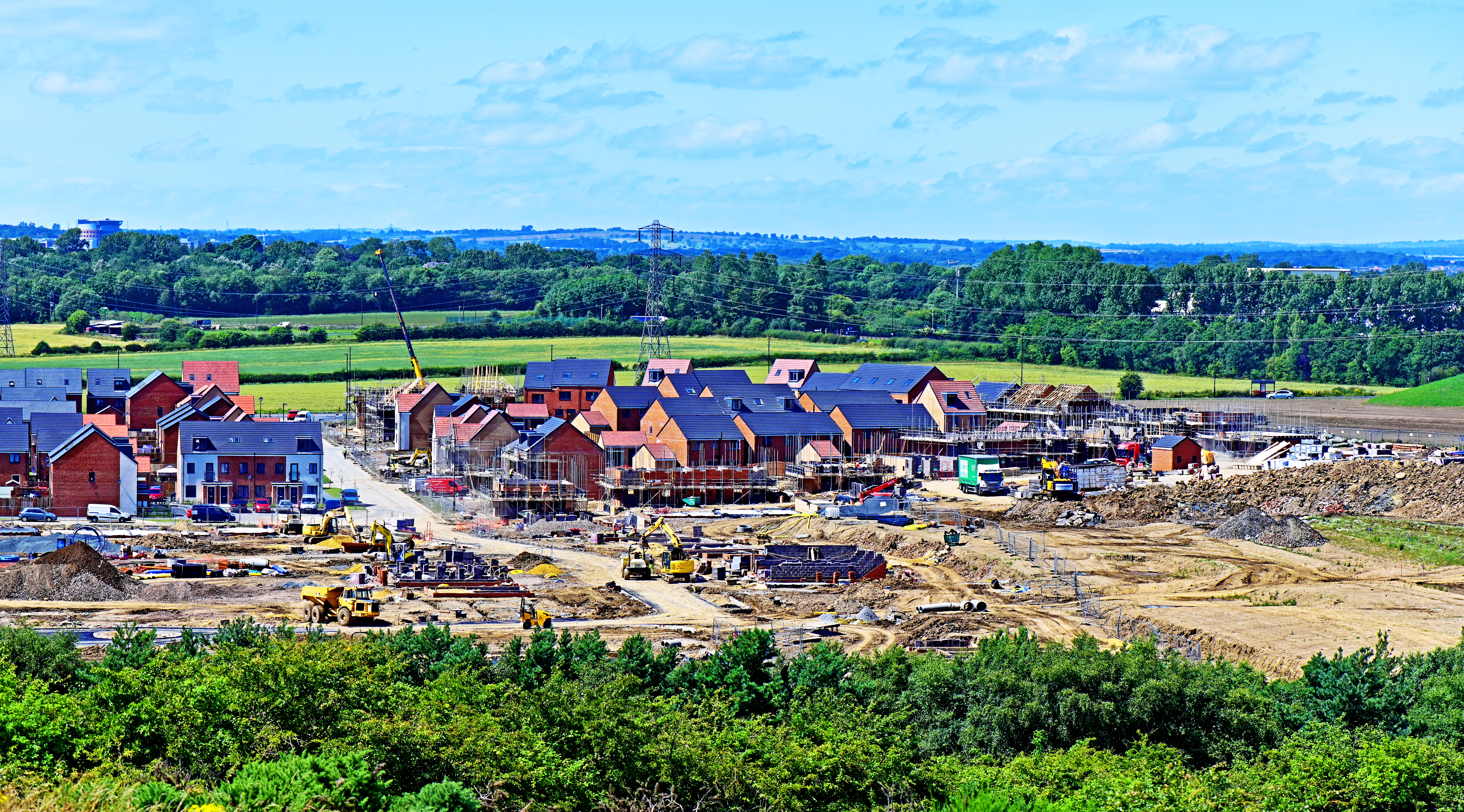How will the introduction of Biodiversity Net Gain impact development values?

Is Biodiversity Net Gain (‘BNG’) a developer’s net loss, or can enhanced biodiversity add value to future development? Kieron Gregson, a planning consultant in Carter Jonas’ London office, and Daniel Sherwood, a development consultant in Leeds, discuss the relationship between BNG and viability.
Changes to developers’ environmental mitigation responsibilities have been on the cards for almost a decade, with the Environment Bill being imminent for at least three years. Following its inclusion in the recent Queen's Speech, landowners and planners are assessing the potential impact of BNG on schemes in the pipeline.


‘The Environment Bill, which is expected to receive Royal Assent by the autumn, will ensure the natural environment is conserved and enhanced,’ explains Kieron. ‘Its aim is “protecting nature by mandating
BNG through the planning system, ensuring development is not built at the expense of nature and delivering thriving natural spaces for communities and ecology”. Although a number of local plans and their associated policies already require a 10% increase in BNG, the requirement as provisioned by the Bill will make this mandatory – in short, development must “leave biodiversity in a better state than before”.
‘Although the detail is yet to emerge, our expectation, based on the previously drafted Bill is that future planning applications will require a BNG plan, which will demonstrate how the 10% increase (from the baseline value) will be achieved and how this will be managed over a 30 year period – although the proposal due to be debated in the House of Lords is for perpetuity, rather than 30 years. Where 10% is not deliverable on site, the benefit may be provided off-site or through the purchase of biodiversity credits. The Bill states that enhancement schemes may be enforced through Section 106 obligations or through “conservation covenants”.
‘The change to a universal, mandatory system, the use of a DEFRA metric and registration through a Government database will, in the long term, provide a more streamlined and certain approach. But in the meantime, there are many uncertainties – mostly importantly concerning development sites already at planning stages.’
There’s no doubting our newfound appreciation of green spaces and their positive impact.
Changing consumer preferences post-pandemic show that many of us, especially long-term homeworkers, will pay a premium for nearby green spaces and the multiple health and wellbeing benefits of living closer to nature. But how precisely can the value of green infrastructure be calculated? Pre-COVID-19, in 2019, research by the ONS demonstrated that properties within 100 metres of public green spaces were on average £2,500 more expensive than those more than 500 metres away, even providing an online calculator by which the uplift could be determined.
More recently, an economic and social value model created by national land management charity the Land Trust, has put a figure on the economic and social value created from the management of the green spaces on a site-by-site basis. The model calculates that the value of the green spaces, on schemes managed by the charity, is approximately £394 million.
And at a time when, according to the RSPB, 94% of us feel a moral obligation to halt biodiversity loss, developers should also be aware of the reputational value of mitigating environmental damage. BNG provides an opportunity to show that the natural environment can be enhanced because of new development – not despite it. And it provides the opportunity for this to be demonstrated literally on the doorsteps of new homes.
Kieron advises developers on environmental mitigation and is mindful of the difficult decisions. ‘The introduction of BNG will invariably create additional complications and costs for development,’ he says.
‘If on-site is selected, the requirement to deliver 10% BNG could impact upon the number of dwellings, and thereby the viability of the development. Where ‘donor’ sites are to be purchased, the time and cost of the land purchase must be factored in.’
Daniel Sherwood works with landowners in an agency capacity. He considers the impact of BNG on development values and, while appreciating the wide-ranging benefits of increased green space, is mindful that, ‘On-site, green spaces don’t maintain their value without investment of both time and money - so vision, management, governance and funding structures are important.’
‘Additional costs or a reduction in net developable acreage will impact on land values and possibly the viability of schemes. Carter Jonas can provide a cost-benefit analysis, as part of a Viability Assessment, which takes into account land values, a possible premium for homes sold, and the potential to reduce other negotiable costs while preserving the integrity of the scheme.’
Inevitably there are many outstanding questions. ‘With a revised Green Paper expected later this year, we hope that developers and stakeholders will have a role in determining the final details,’ says Daniel.
‘It will be important to ensure that greenfield schemes with low land values aren’t disproportionately
affected.'
‘Importantly,’ adds Kieron, ‘We need clarity about where BNG credits can be used. Currently some local authorities allow for donor sites to be purchased some distance from a development; others require the mitigation to take place in the same ward as the scheme. Without clarity on this, the development pipeline could be quite considerably delayed.’
Having mitigated the environmental impact, perhaps the most important question is mitigating the risk of an unviable scheme – especially in the context of a rapidly changing market. Carter Jonas is well placed to advise as the legislation takes shape. Its considerable experience of managing environmental mitigation includes a brokerage scheme, and an emerging mapping tool to provide a rapid assessment of a number of masterplanning options.










Imminent impact
Consistency – but questions too
Nature’s added value
On-site or off-site?
“Our expectation,
based on the previously drafted Bill is that future planning applications will require a BNG plan.”
“According to the RSPB, 94% of us feel a moral obligation to halt biodiversity loss.”
“The requirement to deliver 10% BNG could impact upon the number of dwellings, and thereby the viability of the development.”

About our professionals
Daniel Sherwood
Partner
Daniel acts on behalf of a wide range of public, private and corporate clients with a focus on development land agency, consultancy and valuation. Daniel advises on appropriate strategies for the disposal of development land to maximise value.
Kieron Gregson
Associate
Kieron is a chartered town planner with over 10 years’ private-sector experience, working for a range of clients from individuals and small developers to large institutional landowners. Kieron is adept at managing large multi-disciplinary project teams and this forms a common element of his day-to-day work.


About our professionals
Sign up to receive content like this directly to your inbox
Sign up to receive content like this directly to your inbox
Sign-up for the latest news

Sign-up for the latest news
